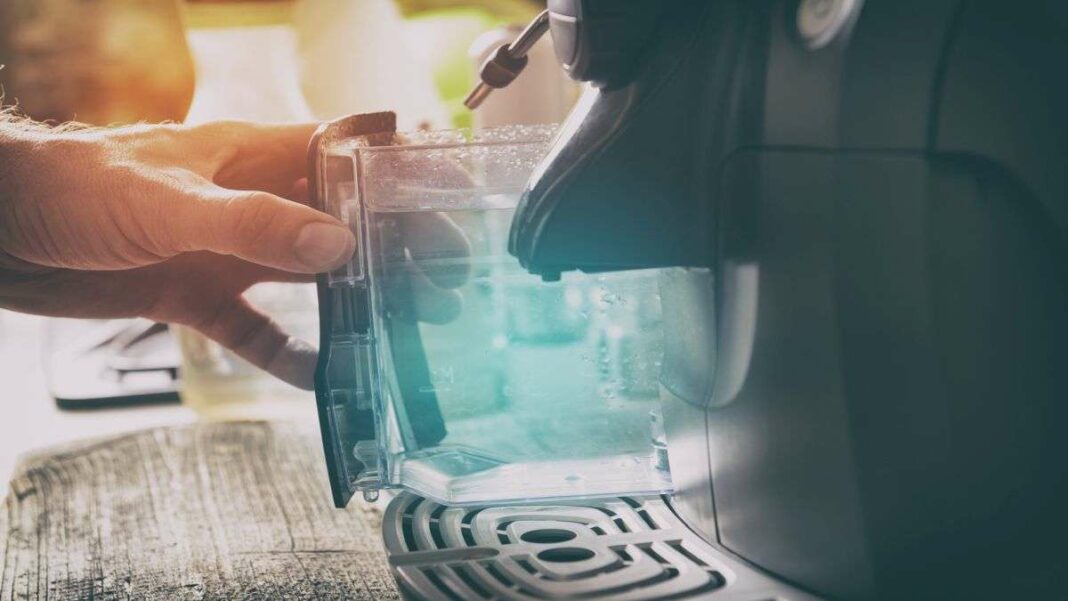Regular maintenance of coffee machines is essential for optimal performance and great-tasting brews. It’s important to frequently clean, empty, and refill the water tank, as stagnant water can attract germs. While opinions vary on how often to change the water, daily replacement is generally advisable. Additionally, choosing the right coffee machine is crucial for enthusiasts, requiring careful consideration of features and performance. The article will also review top models to aid in making an informed choice.
Maintaining Your Coffee Machine: A Key to Enjoying Great Brews
Modern coffee machines are marvels of technology, effortlessly preparing delicious coffee, espresso, and even frothy cappuccinos, just like a skilled barista. To take full advantage of these features, it’s essential to regularly empty, refill, and clean your coffee machine. Depending on usage, this could be necessary multiple times a day. If your machine runs continuously, consistent maintenance becomes crucial for peak performance.
How Often Should You Change the Water?
When your coffee machine sits unused for a while, the state of the water tank becomes a concern. While coffee beans lose their flavor when exposed to air, the question arises: Is the water in a half-filled tank still safe to use, or should it be discarded and replaced with fresh water?
There’s no consensus among manufacturers regarding how frequently the water should be changed. Some, like DeLonghi, suggest replacing it daily, while others might recommend changing it only after an extended absence. Interestingly, tap water doesn’t spoil in the traditional sense, as it lacks proteins or sugars that could ferment. However, standing water can attract germs.
Fortunately, the heating process in a coffee machine effectively eliminates most germs, as the brewing temperature typically ranges from 80 to 90 degrees Celsius. Although water is considered fully sterile only when boiled at 100 degrees Celsius for at least three minutes, the brewing process offers a level of protection against unwanted bacteria and fungi.
Thus, if the water is reheated, there’s no need for excessive concern about hygiene. Water can remain in the tank for a few days without requiring immediate replacement.
However, it’s crucial to clean the water tank regularly—ideally on a daily basis. Bacteria can quickly form a slimy biofilm that not only compromises taste but could also damage the machine. A simple solution of dish soap and warm water is effective for a thorough cleaning, and it’s best to let it dry completely on a dish rack.
In the following sections, we’ll explore additional considerations for cleaning your coffee machine and finding the perfect model for your coffee needs.
Choosing the Right Coffee Machine
If you’re a coffee enthusiast, finding the right coffee machine is essential. With so many models available, selecting a high-quality machine can be challenging. Even the most detailed product descriptions can overlook vital factors, and without a taste test, it’s tough to predict the coffee’s final quality.
Stay tuned as we review the best coffee machines on the market, highlighting their features, ease of cleaning, and overall performance, to help you make an informed decision.
